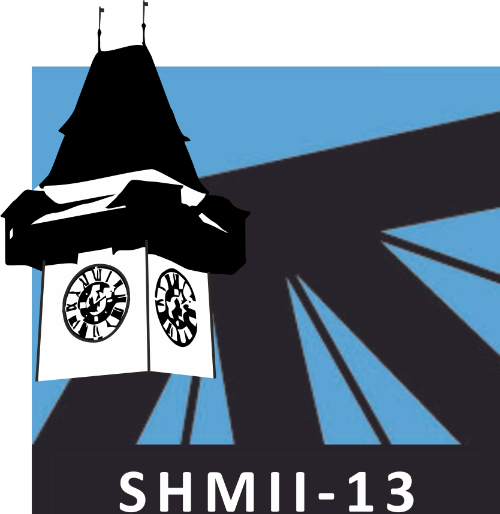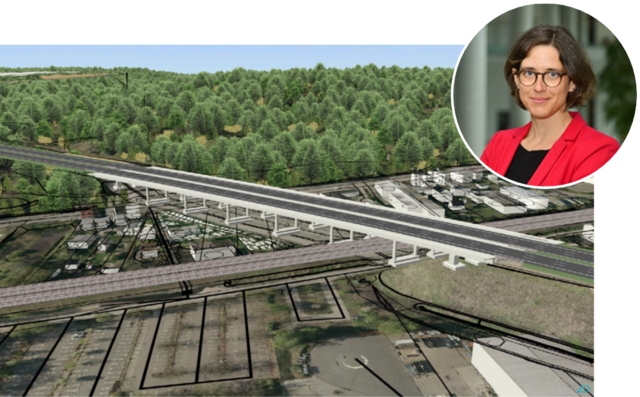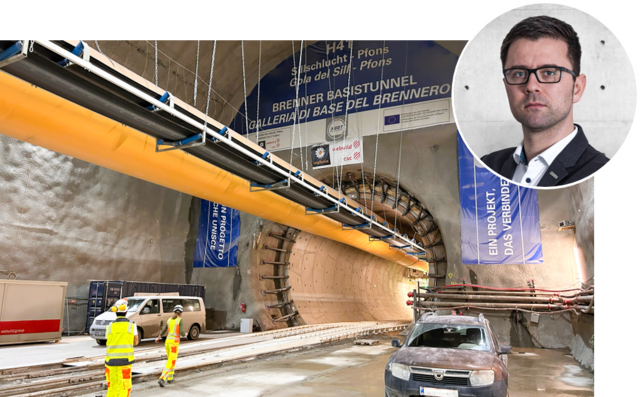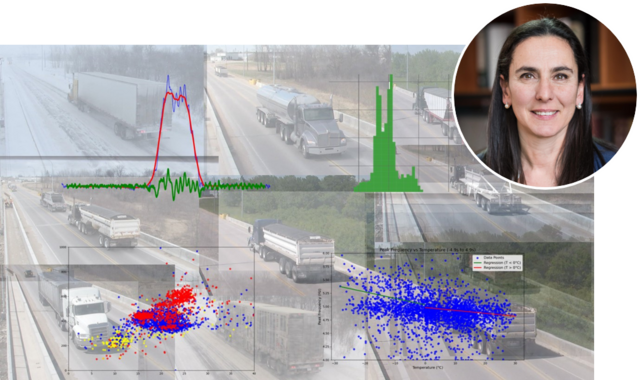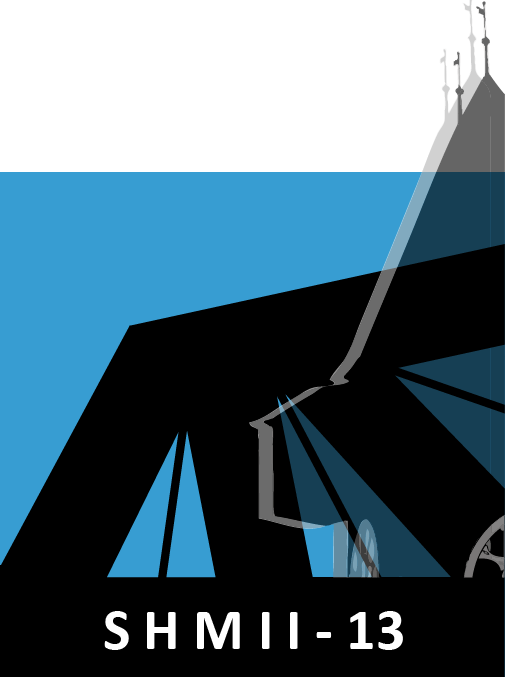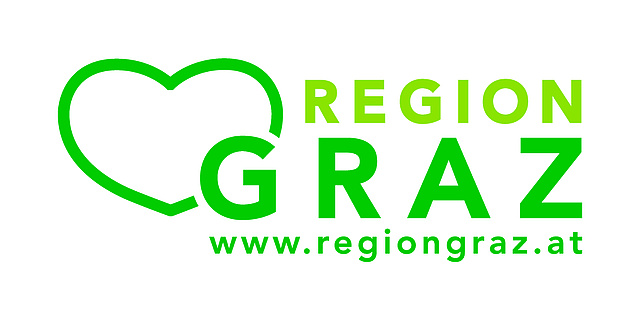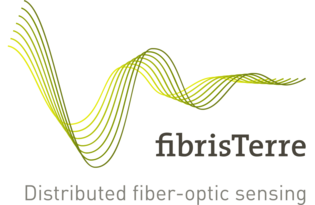Prof. Sylvia Keßler, Helmut Schmidt University/University of the Federal Armed Forces, Hamburg, Germany
Digitalizing Infrastructure: Advancing Structural Health Monitoring for Smarter Asset Management
Our transportation infrastructure faces increasing demands, driven by larger and heavier trucks that place growing stress on bridges with ever-higher frequency. At the same time, much of this infrastructure is aging, with many structures having reached or exceeded their intended service lives and operating near their capacity limits. Addressing these challenges requires innovative tools and approaches to monitor, evaluate, and maintain infrastructure assets effectively.
Structural Health Monitoring (SHM) offers a transformative solution by enabling continuous, sensor-based condition assessment. SHM systems can track changes in structural behavior, detect damages, and provide valuable data for condition evaluation and prediction. However, to fully realize the potential of SHM, the integration of sensor data into a seamless digital process chain—built on Building Information Modeling (BIM)—is essential. This linkage ensures that data is not only collected but also analyzed and utilized in a way that is directly connected to the structure's digital twin.
Dr. Christoph Monsberger, ACI Monitoring GmbH, Graz, Austria
Distributed fiber optic sensing in civil structural health monitoring at the next level – Realization of a comprehensive sensing network along the Brenner Base Tunnel
The Brenner Base Tunnel (BBT) is one of the key civil infrastructure projects currently under construction world-wide and will be the longest underground railway connection globally with a total length of about 64 km once completed. Its service lifetime of 200 years implies essential requirements on the tunnel design, with focus on reducing risks and enabling optimized maintenances works based on appropriate monitoring. The tunnel owner BBT SE has therefore initiated an enhanced distributed fiber optic sensing (DFOS) network inside concrete tunnel lining segments for structural monitoring without human access. This contribution introduces the designed DFOS network, consisting of more than 35 km sensing cable along numerous tunnel cross-sections, spread over more than 30 km tunnel drive and two different construction lots.
Associate Prof. Maria Pina Limongelli, Politecnico di Milano, Italy
Bridge in service structural monitoring: the SCSHM benchmark
In 2023, the Data-Enhanced Infrastructures Management Committee of the Society of Civil Structural Health Monitoring (SCSHM) launched a benchmark study on in-service structural monitoring of bridges. A comprehensive dataset, developed in collaboration with the University of Manitoba, was made available to the engineering community to promote the validation and comparison of methods for structural performance evaluation.
The benchmark structure is a span of a multi-supported bridge with a total length of 291 meters.
A monitoring system was installed on the structure and operated for approximately nine months. The instrumentation included strain gauges and thermocouples to record strain measurements and air/structure temperatures beneath the deck.
This presentation outlines the details of the structure, the objectives of the study, the dataset shared with the engineering community, and reports some initial applications that leverage the dataset to validate in-service monitoring approaches.
Further Keynotes will be announced soon
SHMII-13
01.-05. Sept. 2025
Graz, Austria
web: shmii-13.tugraz.at
e-mail: shmii-13@tugraz.at
Conference Flyer: Flyer download
Sponsoring Brochure: Brochure download
